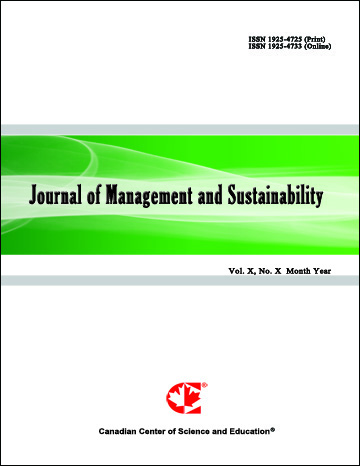A Resource Allocation Modelfor Tiger Habitat Protection
- Susmita Dasgupta
- Dan Hammer
- Robin Kraft
- David Wheeler
Abstract
Conservation of habitats is critical for survival of endangered tigers. This paper develops a resource allocationmodel for tiger habitat protection incorporating information about threats to particular tiger subspecies, the
quality of remaining habitat areas, the observed effectiveness of habitat protection by country, and the potential
costs of protection projects for 74 habitats in Asia. Implementation of the model moves through two stages. The
first stage employs user-specified weights to combine numerous subindices into composite indices of species
threat, habitat quality, potential project costs and protection effectiveness. The second stage employs additional
user-specified weights to combine the composite indices into priority scores and potential project budget shares
for all 74 habitat areas.
Exploration of model results suggests that changes in user-specified weights can have very significant
consequences for habitat priority scores. Illustrative scenarios indicate that no single priority ordering can be
prescribed in such a diverse setting, and actual priorities will depend on the preferences of decision-makers, as
revealed in the weights assigned to species threats, habitat quality, cost elements, and effective protection. At the
same time, the model can make a useful contribution by identifying priority orderings that are consistent with
different sets of preferences. And it can inform policy discussions by allowing for extended exploration of
alternative strategies, along with providing feedback to decision makers about the implicit preferences associated
with their resource allocation decisions.
- Full Text:
 PDF
PDF
- DOI:10.5539/jms.v4n3p16
Journal Metrics
Google-based Impact Factor (2021): 1.54
h-index (July 2022): 37
i10-index (July 2022): 147
h5-index (2017-2021): 12
h5-median (2017-2021): 19
Index
- Academic Journals Database
- ANVUR (Italian National Agency for the Evaluation of Universities and Research Institutes)
- CAB Abstracts
- CNKI Scholar
- EconBiz
- Excellence in Research for Australia (ERA)
- GETIT@YALE (Yale University Library)
- Harvard Library
- HeinOnline
- Infotrieve
- JournalTOCs
- LOCKSS
- MIAR
- PKP Open Archives Harvester
- RePEc
- Scilit
- SHERPA/RoMEO
- Stanford Libraries
- UCR Library
Contact
- Evelyn XiaoEditorial Assistant
- jms@ccsenet.org
